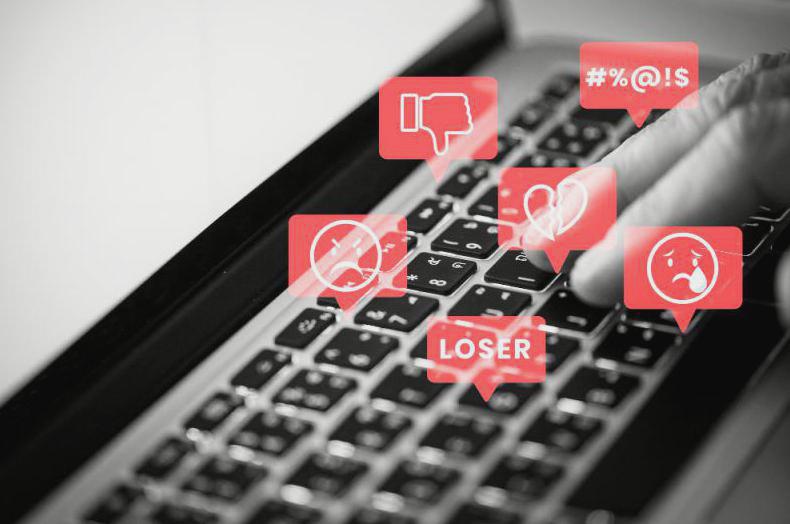
The role of the family in preventing violence against children
Safety and well-being of children are paramount concerns, the family emerges as a powerful force in the preven (...)
Read more
In the digital age, where connectivity and communication thrive, a darker side has emerged - cyberbullying. This modern form of harassment can have profound emotional and psychological impacts on victims. However, individuals are not defenseless against these attacks. This article delves into the art of responding to cyberbullying, providing insights into strategies and techniques that empower victims to regain control over their online experiences.
Cyberbullying encompasses various forms of online harassment, including hurtful messages, threats, spreading rumors, and even doxxing. It is essential to recognize that cyberbullying is not a reflection of the victim's character, but rather an abuse of technology to inflict harm.
The initial response to cyberbullying is crucial. Emotions can run high, but maintaining composure is vital. Take a step back and assess the situation objectively. Determine the severity of the attacks and whether they pose immediate threats.
Gathering evidence is pivotal when dealing with cyberbullying. Take screenshots or save conversations that showcase the harassment. This documentation can serve as proof if the situation escalates and requires legal intervention.
Engaging with cyberbullies often fuels their actions. Refrain from responding to hateful messages or comments. Instead, focus on positive interactions with friends and supportive individuals.
Adjusting privacy settings on social media platforms can help control who can access your content. Limiting the exposure of personal information can thwart cyberbullies' attempts to target you.
Never underestimate the power of confiding in friends, family, or mental health professionals. Surrounding yourself with a supportive network can bolster your resilience against cyberbullying's negative effects.
In certain cases, addressing the issue head-on with the cyberbully can be effective. Express your feelings calmly and assertively, emphasizing that their behavior is unacceptable. However, only choose this option if you feel safe doing so.
Most social media platforms have mechanisms to report cyberbullying incidents. Utilize these tools, providing the evidence you've collected. Platform administrators can take actions such as warnings, suspensions, or even banning the offender.
If cyberbullying escalates to threats, doxxing, or severe emotional distress, it might be necessary to involve law enforcement. Laws against cyberbullying vary by jurisdiction, so consult legal professionals to explore your options.
Educate yourself about online safety and digital citizenship. Knowing how to protect your personal information and understanding the potential risks of online interactions can empower you to navigate the digital landscape confidently.
Engage in activities that bring you joy and relaxation. Whether it's reading, exercising, or spending time with loved ones, self-care can help counteract the negative effects of cyberbullying.
Building emotional resilience is key to withstanding cyberbullying's impact. Consider seeking professional counseling to develop coping mechanisms and strategies for managing stress.
Amid the negativity, remind yourself of your strengths and achievements. Positive affirmations can bolster your self-esteem and help you maintain a healthy perspective.
In a world where the virtual realm is an integral part of our lives, the threat of cyberbullying is real. Responding effectively requires a combination of emotional resilience, strategic actions, and seeking support from various avenues. By staying informed, leveraging privacy settings, and employing the appropriate response strategies, victims of cyberbullying can regain control over their online experiences. Remember, you are not alone, and there are resources available to help you navigate and overcome the challenges posed by cyberbullying.

Safety and well-being of children are paramount concerns, the family emerges as a powerful force in the preven (...)
Read more
In the gritty underbelly of urban life, street gangs have long captured the imagination and attention of socie (...)
Read more
Violence, whether physical, emotional, or psychological, can have profound and lasting impacts on individuals (...)
Read more
The rise in various forms of violence has placed young individuals in vulnerable positions, necessitating proa (...)
Read more